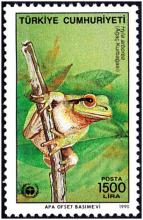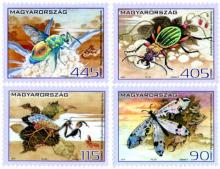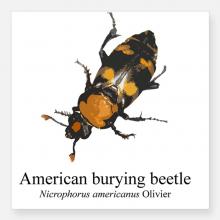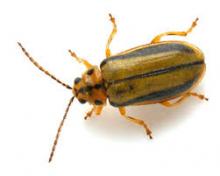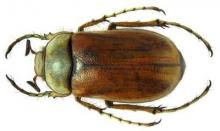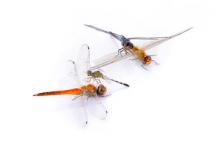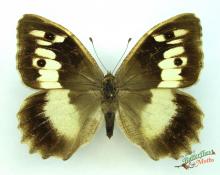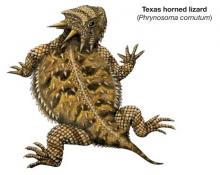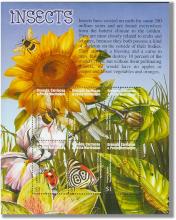De boomkikker zal uitsterven in de Achterhoek door insectenschaarste
Begin 1900 was de boomkikker (Hyla arborea) nog een algemeen voorkomende soort in ons landschap, maar door een steeds intensiever agrarisch gebruik is de kwaliteit van het leefgebied hard achteruit gegaan. In Nederland is deze soort nu zeldzaam. Versnipperde populaties komen voor in het zuiden en oosten in de provincies Limburg, Noord-Brabant, Zeeuws-Vlaanderen; de Achterhoek in Gelderland heeft de grootste populatie van het land, doorlopend in de populatie in Oost-Twente in Overijssel.

